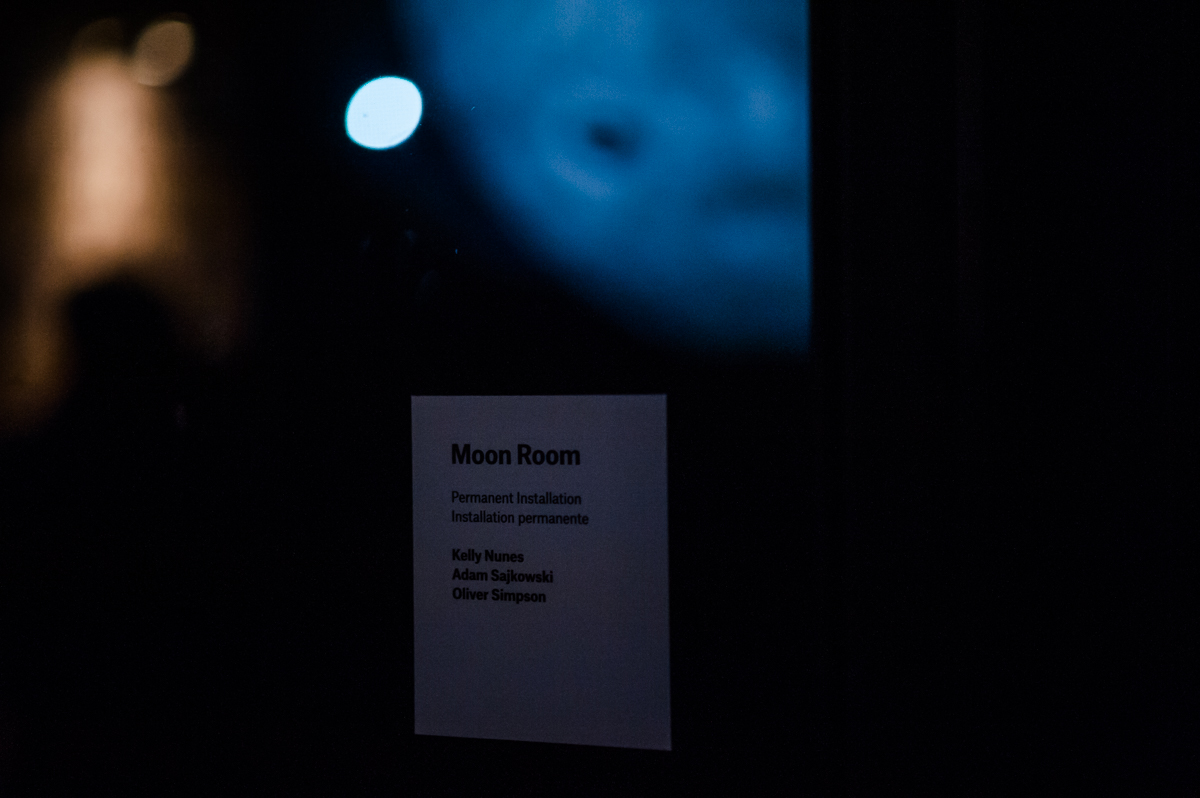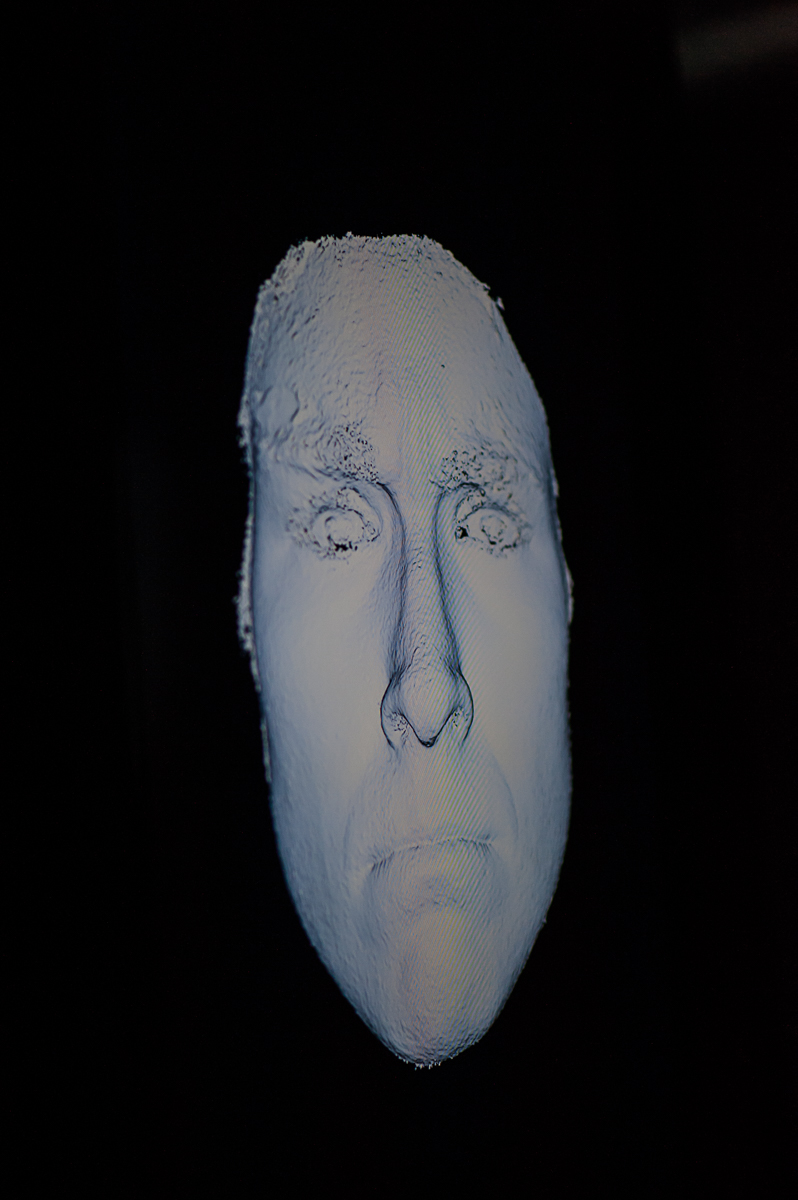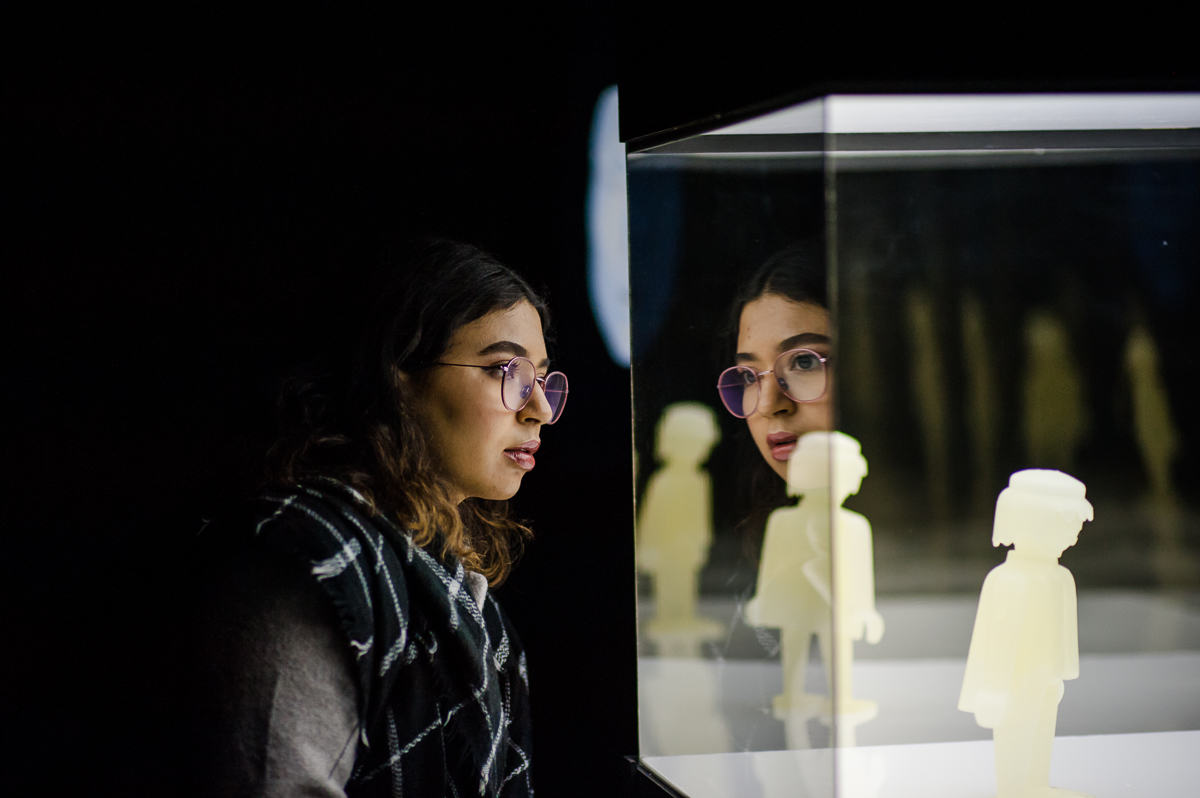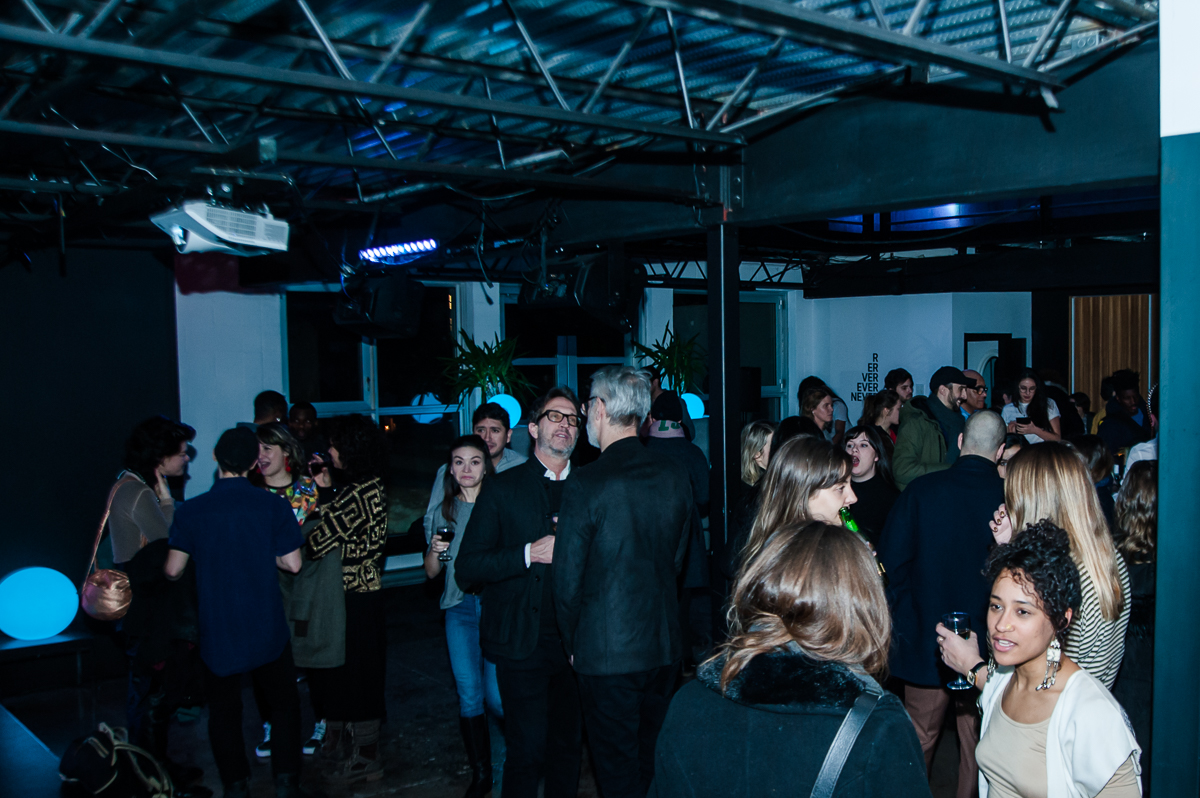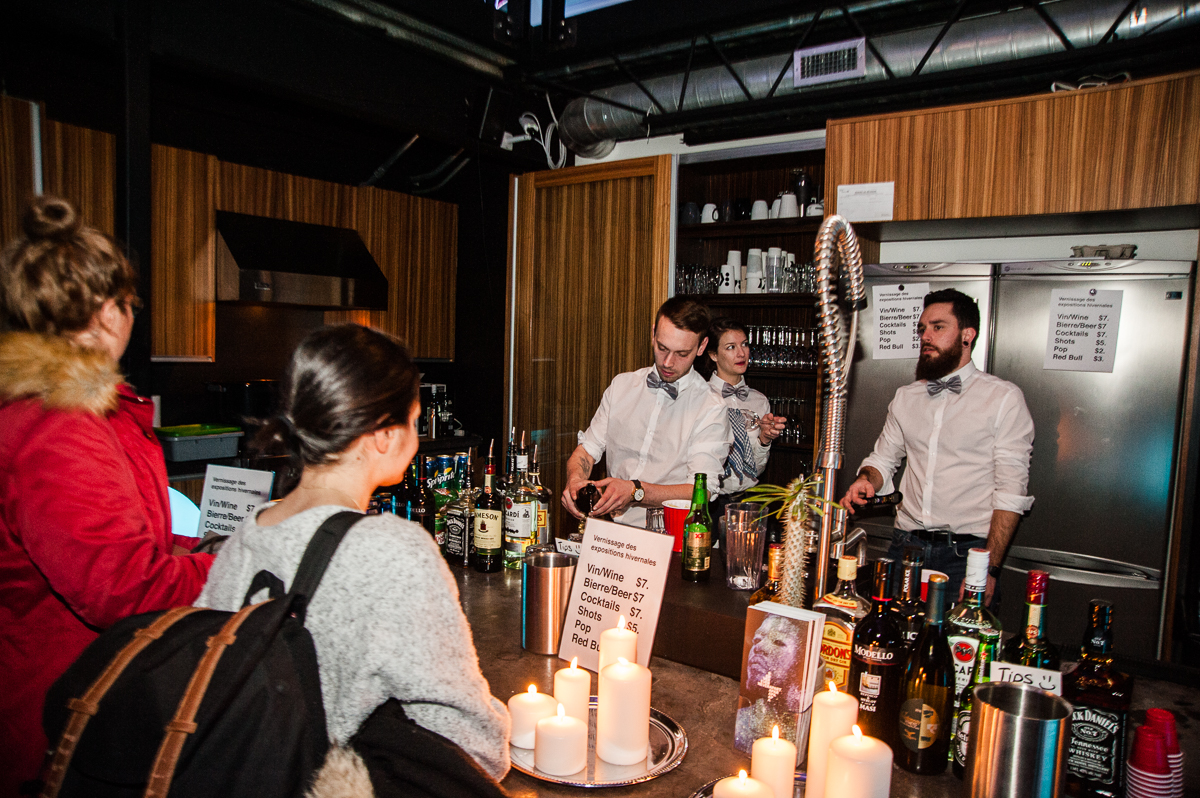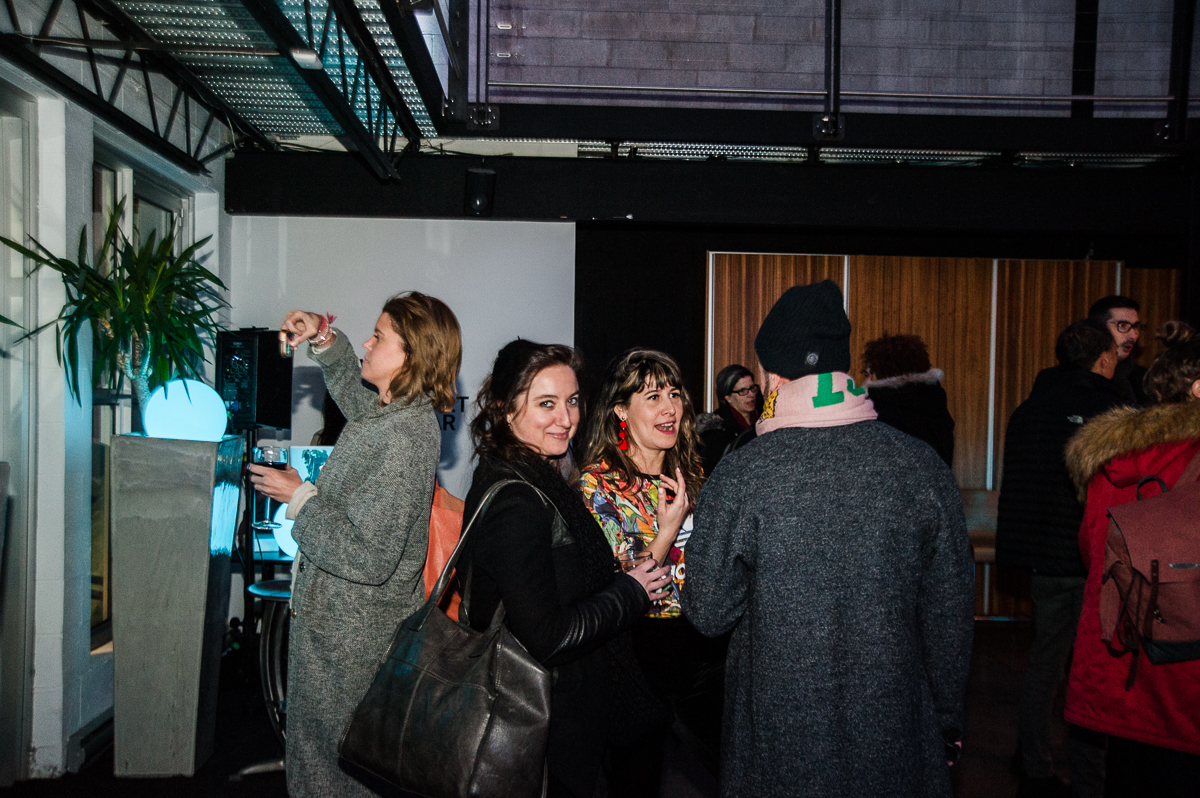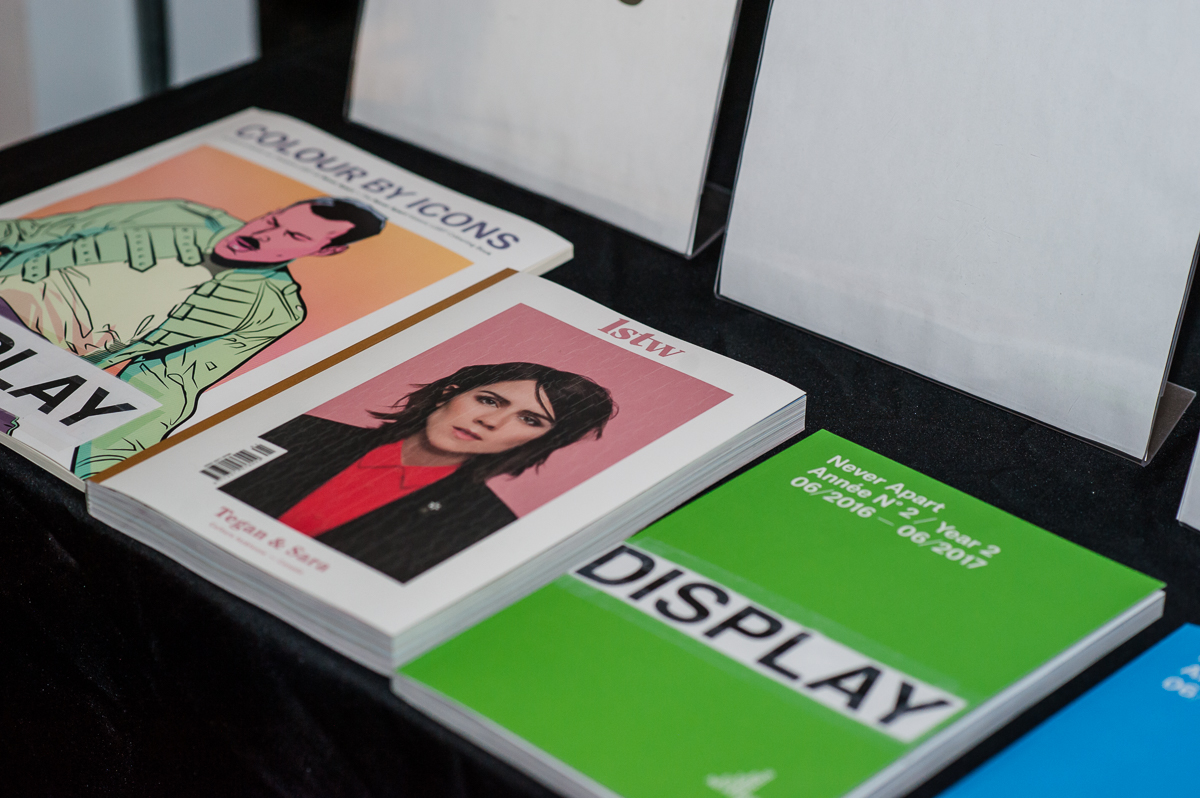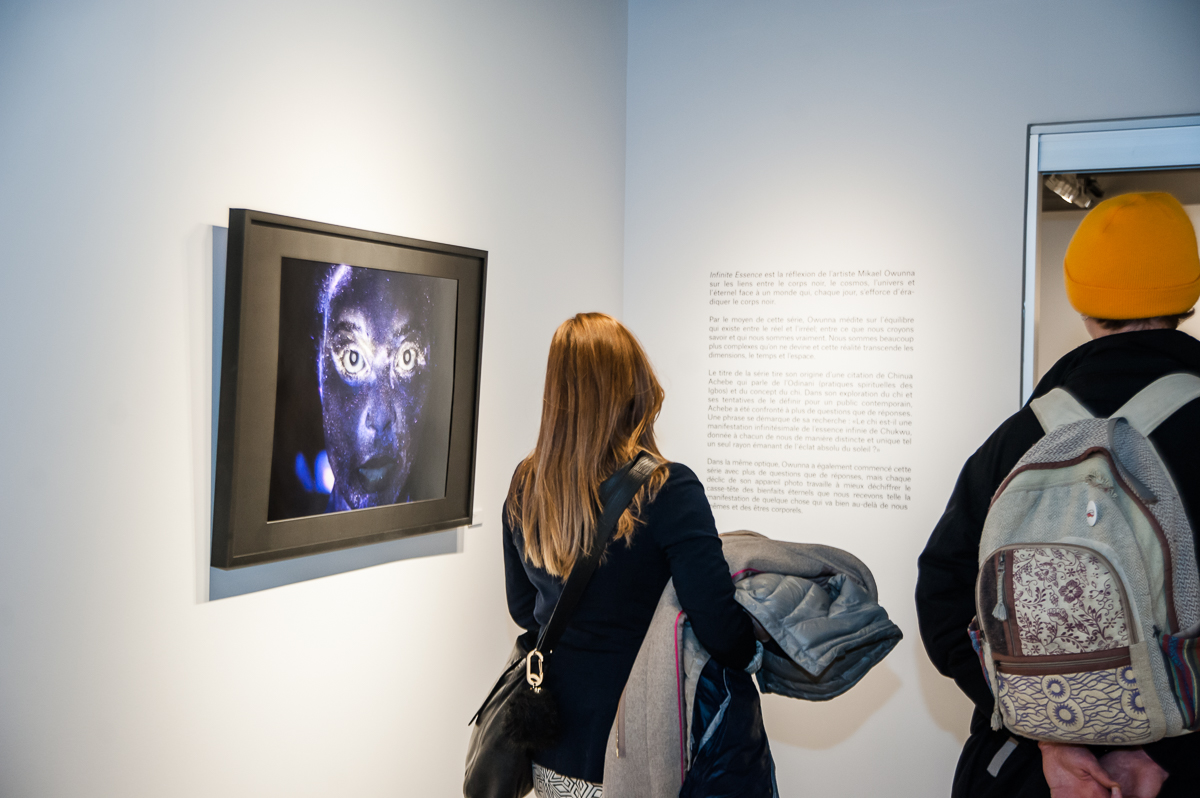“Sino(n)-Québécoise?” | Florence Yee 余承佳 | Gallery A
Where are you from? Negotiating between alienation and self-acceptance, the exhibition Sino(n)-Québécoise? questions both the misguided idea of belonging into settler society, and our historical erasure from my experience as part of the Cantonese diaspora in so-called Montreal. Sino, the French prefix for China, is not often used, especially not hyphenated next to an identity as exclusive as Québécois. There is no room for “ethnic minorities” in the so-called ethnicity of French-Canadian, but maybe we don’t need it. Our participation in a colonial identity that picks and chooses which ones are the “good minorities” only reinforces the oppression of those do not have those privileges. However, it does not excuse the discrimination that has historically been buried, yet still occurs. From indentured servitude to the hypersexualized exotification of East and South-East Asian femmes, we navigate this city with wary eyes. The exhibition’s combination of classical painting and contemporary kitsch aim to create a third space of existing not as two halves, nor as two wholes, but a singular entity, in constant motion. Fluidity and personal experiences are our weapons against the narrative of a single story.

“Infinite Essence” | Mikael Owunna | Gallery B + C
Infinite Essence is artist Mikael Owunna’s exploration of the connections between the black body, the cosmos, universe and the eternal in the face of a world that works to annihilate the black body every single day.
Through this series he meditates on this balance between the real and surreal. Between what we think we know and who we actually are. There is so much more to us than meets the eye, and it transcends dimensions, space and time.

The origin of the series’s name comes from a quote by Chinua Achebe discussing Odinani (traditional Igbo spirituality) and the concept of “chi.” In his exploration of “chi” and seeking to define it for a contemporary audience – Achebe found more questions than answers. But in his exploration, one line in particular stood out: “Or is chi an infinitesimal manifestation of Chukwu’s infinite essence given to each of us separately and uniquely, a single ray from the sun’s boundless radiance?”
Similarly, Owunna has started this series with more questions than answers. But with each click of my camera working to decipher a bit more of the puzzle of the eternal blessings we have as manifestations of something far greater than ourselves and physical beings.
When put into a specific category, the subject might (will) lose its colours and specificity.
“When put into a specific category, the subject might (will) lose its colours and specificity”
Léa Grantham
Theatre
When put into a specific category, the subject might (will) lose its colours and specificity deals with the idea of subjectivation; when does an individual become a subject and how does it affect our interactions and expectations towards this individual.
Léa Grantham first started doing research on the Asperger Syndrome, looking at how a diagnostic is given and through which observations and tests it is assigned to a person; thinking through notions of what defines normality and how a label can change and affect this so-called idea of a norm. She then began to think about the role of the gaze in relation to the existence of labels; how categories molds our expectations towards a labeled individual and how it shapes and prescribes our perceptions and interactions with them. The artist was also doing research on loneliness, thinking about how a label can possibly create isolation and how it can be falsely perceived as a solution to understanding an individual by placing them into a pre-established category.
The work uses different framing devices, exploring how by creating categories or molds that don’t permeate or consider individuality, these devices can shape and affect the common idea of what defines normality. Through interaction with the piece, it also questions who’s being subjectivised and what it means to be looked at.
“Love Sick: How Does One Say I Love You, But You Are Breaking My Heart?”
David Briker, Ronan Boyle
Vitrine
“Humans have used pictures and hieroglyphs since the beginning of time to communicate ideas and emotions.
Through the use of modern technologies, we have once again, started using images and symbols to communicate complicated and nuanced ideas and feelings to one another.
The Love/Sick series of sculptural art is a homage to the beauty and universal appeal of images as tools of communication.

“Lost Love” | Eve Tagny | Upper Gallery D
A story of young love, interrupted by a sudden suicide, constitutes the premise of the book Lost Love. Drawing from a personal experience, tied in a wider context of inherited violence, the series offers a meditation on the brutal after-effects of such loss, the bereavement, and healing process.
Mourners experience acute grief as a paradox. Glimpses of solace are found in the act of remembering the dead, yet whilst knowing that there is ultimately no solace. The irremediable nature of loss doesn’t allow space for consolation, nor bittersweetness; one must accept to live with the presence of absence. Still, the need to materialize the abstract, yet very real nature of absence is pressing. Thus memories, souvenirs, gestures, rituals, and words become means to do so.
Lost Love presents a journey through grief, filled with an amalgam of acts of remembrance. As both suicide and trauma are disruptions of one’s natural cycle, the survivors’ challenge is to find ways to restore it.
Hence, the book is not constructed solely as a eulogy for the dead, but rather as a testament for the living – a gesture towards breaking away from the legacy of trauma.
“Traces of Life A journey between Canada and South Asia
जीवन के निशान कनाडा से दक्षिण एशिया की यात्रा”
Shovan Gandhi, Kiran Ambwani, Mariette Raina, Stéphane Desmeules, Mobeen Ansari
Upper Gallery A, B + C

As an anthropologist, I have always been fascinated by the diversity appearing in a certain unity within this world. As an artist, I constantly question the act of perception occurring through the body, shaped by my culture and personal life experiences.
This is my first exhibition, my first time putting together my anthropological work and artistic perspective. I have brought together artists with whom we share the same vision: a concern for human beings, culture, differences and unity within this world. It is a common dialogue, using various formats from artistic and street photography, documentary or fiction, to performance.
Why did I choose South Asia? In exploring that which appears different from us, we discover ourselves. If my studies took me to this part of the world, learning about the ancient scriptures and antique temples and devotional objects, it is also a meeting with the echo of what is essential and tremendously true in every human being.
Traces weave the world, our culture, the memory that inhabits us. Anonymous or known, everyone participates in these traces; this infinite color that braids the world in which we live. Traces that guide me on a path that comes back to its point of origin.
Never Apart
Site Web | Facebook | Instagram
Photos: Maude Touchette

